World Radio Day
February 13 is World Radio Day. This is a young holiday, which was established by UNESCO in 2011, and the first celebration took place in 2012. The date of the event is not random: on February 13, 1946, the United Nations Radio (UN Radio) went on the air for the first time.
As the founders of the holiday say, it should not only pay tribute to radio as a means of communication, but also serve to strengthen cooperation between all whose activities are related to radio.
The scope of radio use is very wide: radio informs, educates, entertains and saves lives. Until the 1920s, radio was primarily used to contact ships that were at sea. Thousands of lives have been saved thanks to radio technology.
The celebration of World Radio Day is a great occasion to remember the role that radio plays in ensuring safety at sea. And also an opportunity to express our appreciation to all engineers who have contributed to making the navigation safer.
Until the 20th century, ships in distress could only rely on their own strength and on the occasional assistance of a passing vessel. With the invention of radio, the situation changed. It became possible to send a request for help. But there were limitations here, too. The distress signal was transmitted by Morse telegraph and only the radio operator could send such a message. In force majeure situations, the operator might not be able to get to the radio room. In this case, there was no signal. If the message was still transmitted, it might not have been accepted by anyone, due to the inherent limitations of the system.
The introduction of the Global Maritime Distress and Safety System (GMDSS) has changed the situation forever. Global coverage in the transmission of distress signals has become a reality. The last three decades have witnessed a real explosion in radio communication technologies. This made it possible to create a reliable global system for transmitting distress signals. And radio still plays a key role in this system.
When radio communication was first used to save people? Learn about the first rescue operations at sea using the radio.
* * *
The first radio distress signal was transmitted from the East Goodwin Lightship on March 17, 1899, when the German merchant vessel Elbe ran aground in dense fog on the Goodwin Sands. The message was received by the radio operator on duty at the South Foreland Lighthouse, who was able to summon the aid of the Ramsgate lifeboat.
The Goodwin Sands again featured in another 'first' when on April 30, 1899, the East Goodwin Sands Lightship sent a distress message on its own account when it was rammed by the steamer R.F. Matthews.
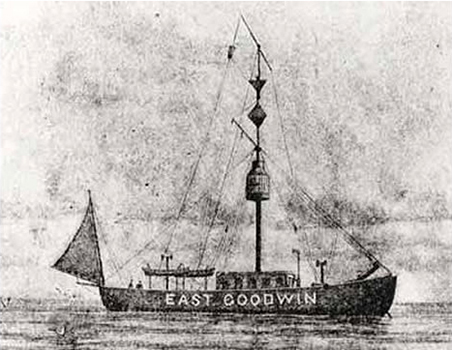
* * *
The second distress call was broadcast 11 months later.
On February 6, 1900, an ice floe with 50 fishermen was torn off and carried into the sea near the Finnish island of Lavansaari. Only an icebreaker could save them.
The message of this tragedy came from St. Petersburg to the nearest Finnish city of Kotka by telegraph. The courier could not cross the ice to the island of Gogland, where the icebreaker Yermak was based at that time. And then Yermak was given the order by radio. The icebreaker immediately put to sea and successfully rescued the fishermen.
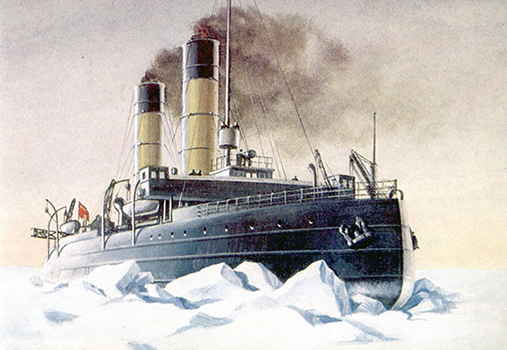
* * *
Three dots, three dashes, three dots.
Tens of thousands of people - sailors, passengers of steamships, participants of various expeditions and flights - owe their lives to the SOS signal transmitted by radio (initially known as "wireless telegraphy").
This Morse code distress signal was approved on October 3, 1906 and introduced into the international practice of professional radio communication in 1908 (went out of use in 1999, with the introduction of the GMDSS).
Many people still believe that "SOS" is an abbreviation of the call "Save Our Souls" in English. In fact, the three letters of the famous signal are not an abbreviation, but a way of remembering a sequence of points and a dash.
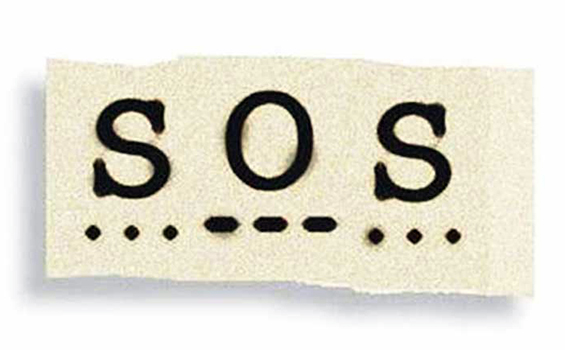
* * *
There is a common misconception that for the first time in history, the SOS signal was sent from the Titanic in distress on the night of April 15, 1912. In fact, this was at least the eighth case.
1,489 people died on the Titanic. The 712 rescued passengers owed their lives to SOS, an international radio distress signal.

Titanic's wireless room
* * *
The first SOS signal was transmitted in 1906 from the steamer Irbis. But just a few minutes later, the sailors realized that they could save themselves and stopped passing the signal.
On June 10, 1909, the Cunard passenger liner crashed near the Azores. This time the help was really needed, the captain took advantage of the distress call and received help. Everyone was saved.
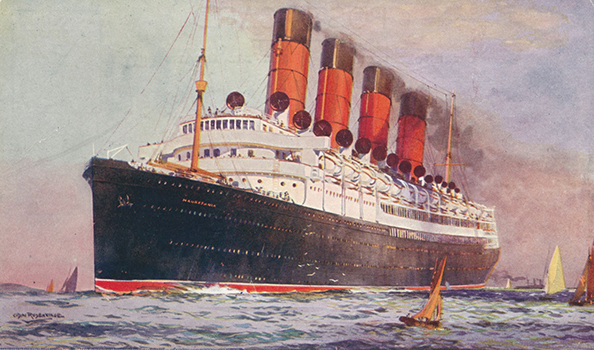

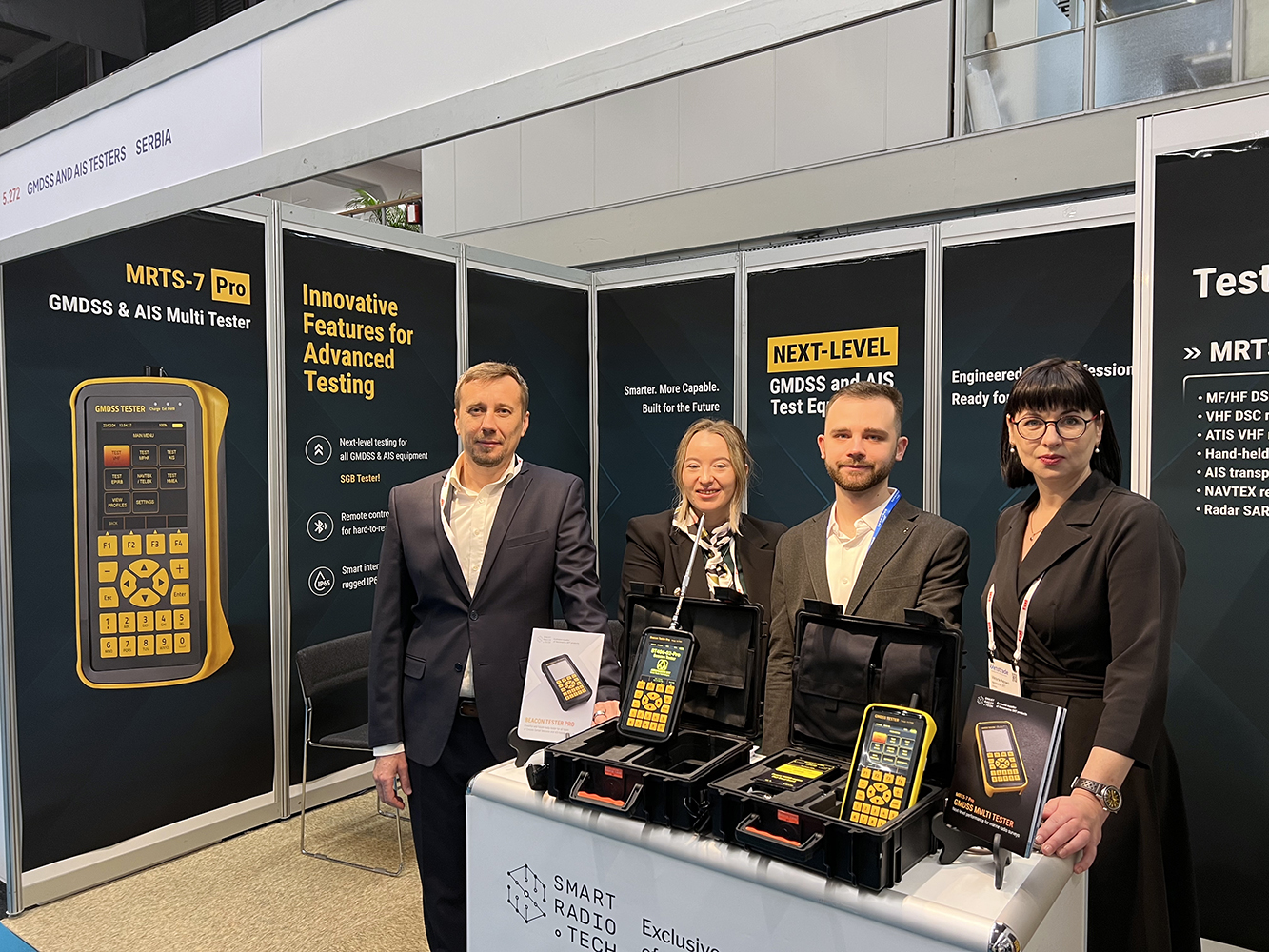

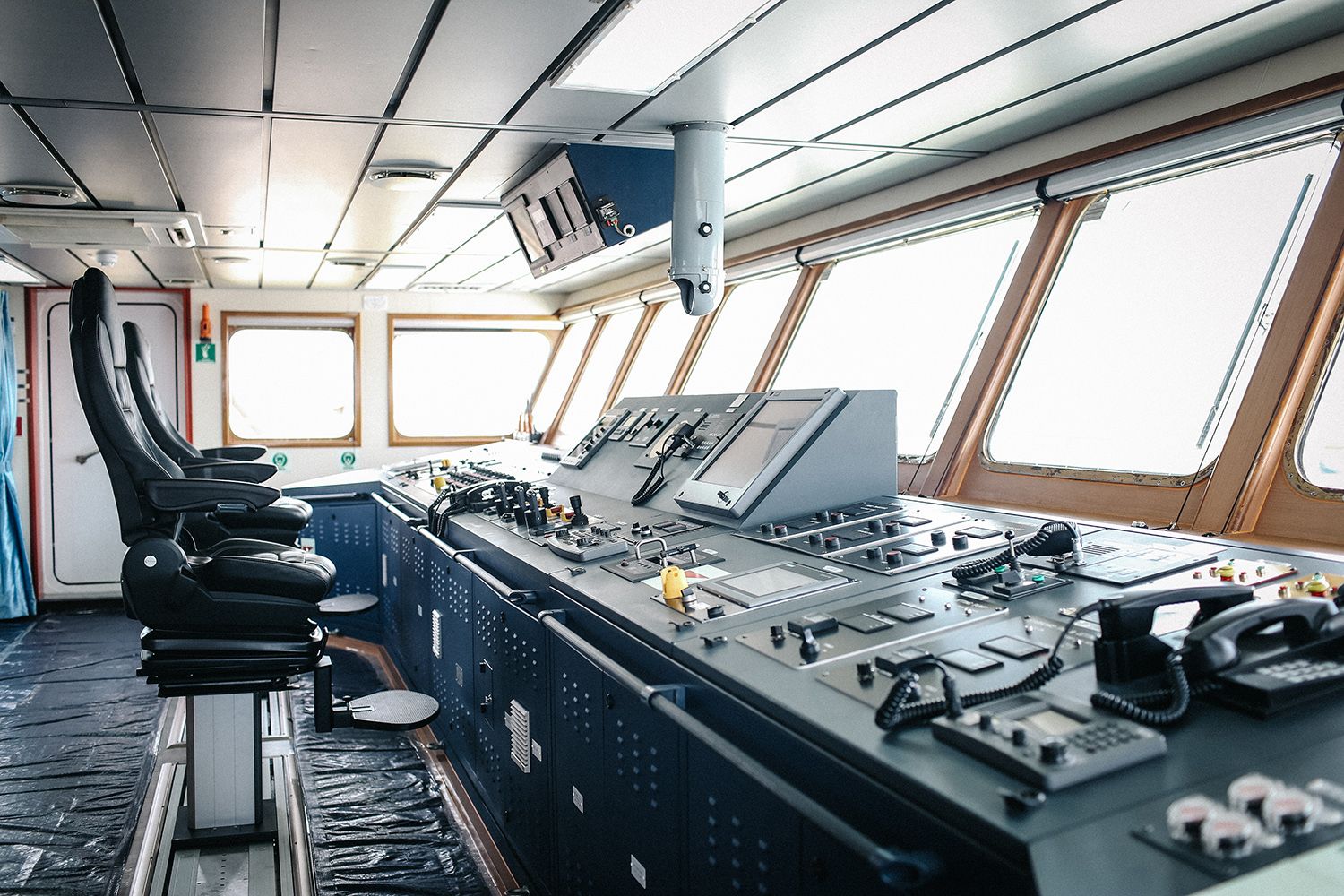

Be the first to comment